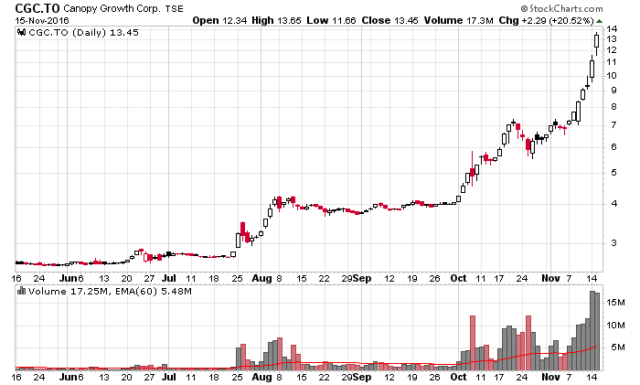KCG Holdings (NYSE: KCG) I’ve identified as a fairly good risk-reward candidate last month.
Yesterday they announced they came to an agreement with one of their major shareholders (whom were part of the recapitalization/reverse takeover of the predecessor firm after their major trading glitch on August 1, 2012) and have swapped 8.9 million shares of BATS for 18.7 million shares of KCG stock and 8.1 million at-the-money (roughly) warrants.
After this transaction, KCG still has 2.3 million shares of BATS – they did liquidate about 2 million shares on the open market over the past month.
This transaction has a positive double-whammy for book value – not only are the BATS shares accounted for at less than market value (which means the transaction will cause an accounting gain), but the KCG shares are being bought back for well under book value. Even when accounting for the not insignificant tax bill that will result (about a hundred million!), the final book value of KCG would be around $18.79/share after the transactions.
KCG will have about 67.5 million shares outstanding and 5.1 million warrants outstanding (strike prices of $11.70, $13.16, and $14.63, with each about 1/3rds of the warrants). These are likely to be exercised and shares sold in time – each of these warrants expire in July 2017, 2018 and 2019, respectively.
The corporation is trading slightly more than 20% underneath tangible book value. They have historically made money, especially in volatile conditions. The word “volatile” is also used to describe the new President-Elect. Needless to say, this has potential.
The other note is that CEO Daniel Coleman owns 1,487,907 common shares, or about 2.2% of the company, which is not a trivial amount of capital. He also owns 161,132 warrants, and 1.7 million stock options at a strike price of $11.65/share (making the effective ownership about 4.8% assuming the exercise of warrants and options), plus stock appreciation awards at $22.50/share, due to expire in July 2018. There is some serious incentive for him to get the stock price higher.
